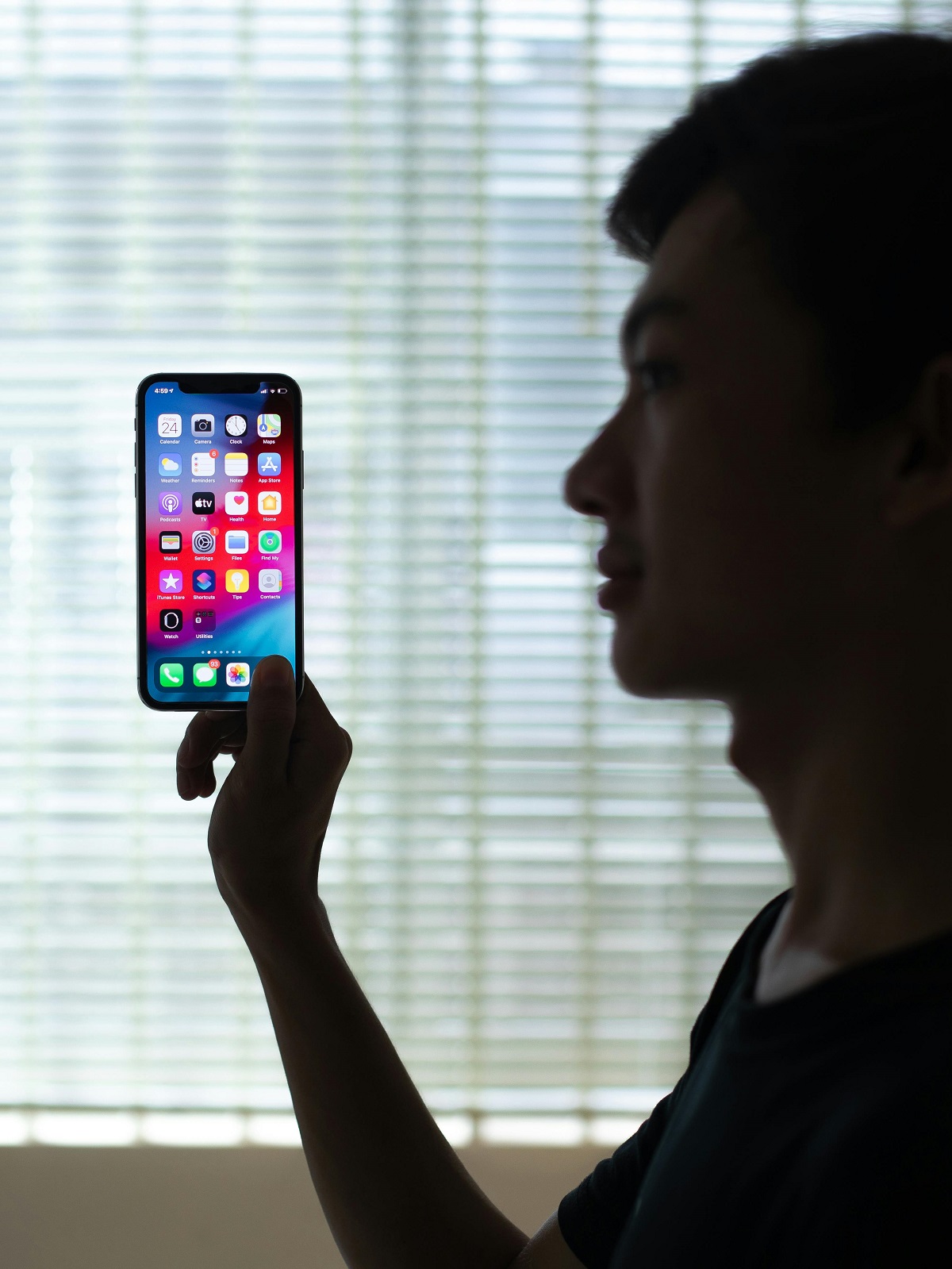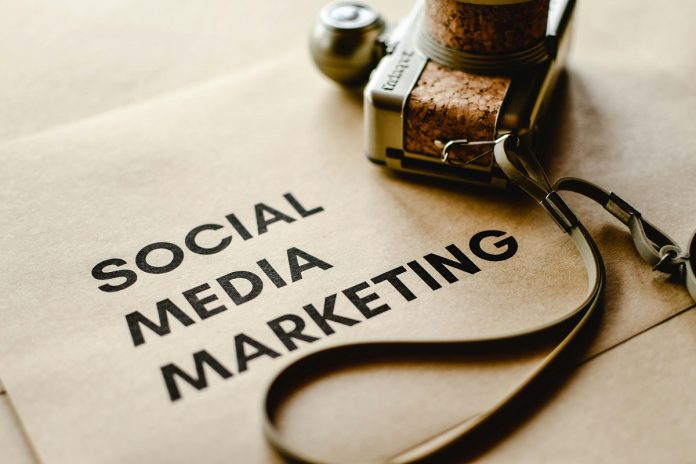In today’s digital-first world, the buyer journey is more complex than ever. People don’t just see an ad and buy; they research, compare, check reviews, visit your social media, join your email list, and only then, maybe, convert. That’s why the concept of a sales funnel remains more relevant than ever in 2025.
A sales funnel is the step-by-step journey a customer takes from discovering your brand to becoming a paying client and ideally, a repeat buyer or brand advocate. Without a solid funnel in place, you’re leaving potential revenue on the table, missing follow-ups, and failing to guide users through a streamlined buying process.
Whether you’re selling digital products, services, courses, or eCommerce goods, a properly structured sales funnel can significantly increase your conversion rate, average order value, and customer lifetime value.
Understand the Sales Funnel Stages

Before building anything, you need to understand the foundational stages of a sales funnel. Though the terminology varies slightly across industries, most funnels follow these four key phases:
Awareness (Top of Funnel – TOFU): This is where people first discover your brand. They might see a blog post, a social media video, a paid ad, or hear about you through word-of-mouth. Your goal here is visibility.
Interest/Consideration (Middle of Funnel – MOFU): At this stage, the user is aware of a problem and is researching possible solutions—including yours. Your content should educate, build trust, and position you as the solution.
Decision (Bottom of Funnel – BOFU): Here, the potential customer is ready to make a decision. They’re comparing options, looking at reviews, pricing, and guarantees. Your job is to remove any friction and convince them you’re the best choice.
Action (Conversion & Beyond): This is when a lead becomes a paying customer. But the funnel doesn’t end here—you can encourage repeat purchases, referrals, and loyalty with upsells email marketing, and outstanding support.
Define Your Target Audience with Precision
You can’t build a high-converting funnel if you don’t clearly understand who you’re building it for. Creating a detailed customer persona will help guide every step of your funnel—from your ad copy to your landing page messaging.
What are their biggest pain points and desires?
Where do they spend time online?
What kind of language resonates with them?
What objections might they have before buying?
Use tools like Google Analytics, Facebook Audience Insights, and customer interviews to gather data. The more granular your audience research, the more tailored and effective your funnel will be.
Build an Irresistible Lead Magnet
At the top of your funnel, the primary goal is to capture attention and collect contact information, especially email addresses. That’s where your lead magnet comes in.
A lead magnet is a free piece of value you offer in exchange for a visitor’s email. It could be
A free eBook or checklist
A webinar or workshop
A discount code
A free trial or mini-course
A quiz that gives results via email
Whatever you choose, it must be highly relevant to your audience’s needs and a logical precursor to your paid offering. Don’t give away something random—make it a teaser for the transformation your full product or service provides.
Create a Landing Page That Converts
Your lead magnet needs a dedicated landing page—a standalone webpage designed for one purpose: to capture leads.
Headline that grabs attention
Subheadline that explains the benefit
A strong call-to-action (CTA)
Visuals (mockups, screenshots, or videos)
Testimonials or trust indicators
No distractions (no nav bar, limited outbound links)
Use tools like ClickFunnels, Leadpages, or even WordPress + Elementor to build your page. Keep the focus on the value users get by opting in—not the features of your product.
Set Up a Welcome Email Sequence
Once someone opts in, they’re a warm lead—but if you don’t follow up properly, they’ll go cold fast. That’s why your email automation is critical.
Thank them and deliver the lead magnet.
Share your story and mission.
Provide more value (blog posts, free tools, or tips).
Introduce your paid product or offer.
Include testimonials and social proof.
Space these emails over 4–7 days. The goal is to build trust, provide value, and make an offer not just to sell immediately.
Use platforms like ConvertKit, ActiveCampaign, or MailerLite to automate your email sequences and segment your audience based on their behavior.
Present a Clear Offer (With Urgency and Bonuses)
After nurturing your leads, it’s time to make your core offer. This is the paid product or service your funnel is ultimately leading to.
Solves a clear, specific problem
Is priced according to the value and results it offers
Has a sense of urgency (limited time, limited spots, expiring bonuses)
Includes bonuses to sweeten the deal (checklists, consultations, templates, etc.)
Is backed by guarantees (money-back, satisfaction guarantee)
Your sales page should be persuasive but honest. Use social proof, real case studies, and testimonials to reinforce credibility. Add FAQ sections to overcome objections.
Add Upsells and Downsell Offers
Once someone says yes, don’t stop there. Use upsells and downsells to increase your revenue per customer.
Upsells: Offer a more expensive product, extended service, or VIP access after the initial purchase.
Downsells: If they don’t buy, offer a lower-priced product or payment plan.
Use platforms like ThriveCart, SamCart, or WooCommerce to set these up. These offers should be one-click and frictionless—so the user doesn’t have to re-enter their payment info.
Retarget Lost Leads and Abandoned Carts
Most people won’t buy it the first time. That’s normal. But with retargeting, you can bring them back.
Retargeting examples
Facebook and Instagram ads are reminding them of the offer
Abandoned cart emails with a discount
YouTube or Google Display ads that re-engage
Install tracking pixels (Meta Pixel, Google Tag Manager) early in the funnel so you can build custom audiences and bring back users who already showed interest.
This step can significantly increase your funnel’s overall ROI—especially if you’re driving cold traffic through paid ads.
Use Analytics to Improve Conversion Rates
Your first funnel won’t be perfect—and that’s okay. What matters is constant optimization.
Google Analytics (for user flow and behavior)
Hotjar or Microsoft Clarity (for heatmaps and session recordings)
A/B testing software (like Google Optimize or VWO)
Track key metrics like:
Landing page conversion rate
Email open and click-through rates
Sales page conversion rate
Cost per acquisition (CPA)
Return on ad spend (ROAS)
By identifying where drop-offs happen, you can tweak your copy, change CTAs, adjust offers, or modify ad targeting to boost performance.
Scale With Paid Traffic and Affiliates
Once your funnel is converting consistently, it’s time to scale.
Paid traffic options
Meta Ads (Facebook + Instagram)
Google Ads (Search + Display)
TikTok Ads
LinkedIn Ads (for B2B)
YouTube Ads
Start small, monitor your CPA, and only increase your ad spend when you see a return.
Also consider building an affiliate program, where others promote your funnel in exchange for commissions. This turns your audience into a marketing army.
Use AI to Supercharge Your Funnel in 2025
2025 is the year of AI-enhanced marketing funnels. Tools like ChatGPT, Jasper, Copy.ai, and Canva Magic Write can help you:
Generate ad copy and landing page headlines
Write persuasive sales emails
Create social media content
A/B test content faster
Personalize messages at scale
Don’t ignore AI embrace it to scale faster and work smarter.
Funnels Are the Backbone of Digital Growth
Building a high-converting sales funnel in 2025 isn’t about tricking people into buying it’s about guiding them through a journey that provides real value, solves a meaningful problem, and builds trust.

